Captive Insurance Fundamentals: How Business Owners Can Retain Risk, Keep Profits, and Control Their Future
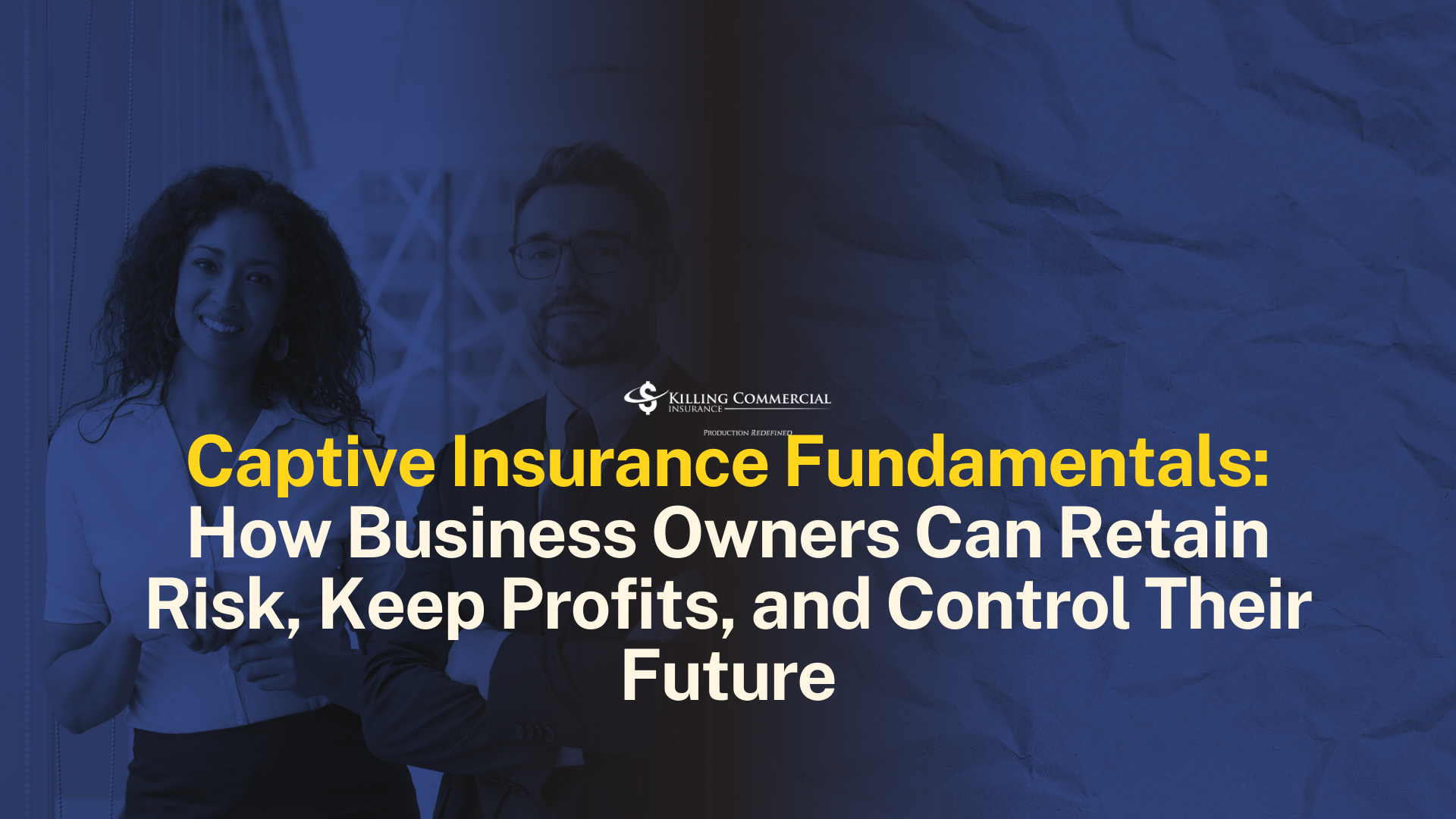
Most producers are laser-focused on finding the best premium and coverage from traditional carriers. But there’s a powerful alternative that can help the right business owners keep more control over their risk, retain underwriting profits, and create a long-term competitive advantage.
That alternative is captive insurance.
Unfortunately, the topic is often wrapped in jargon and complexity. Business owners rarely understand it, and many producers don’t bring it up because they aren’t comfortable explaining it. That’s a missed opportunity.
This article will break down the fundamentals of captive insurance—what it is, how it works, the types of captives, and how to identify when it’s a good fit for your client.
This blog features insights from Warren Cleveland from Captive Coalition.
What Is Captive Insurance?
At its core, a captive insurance company is an insurance company owned by its insureds. The members share in the risk, but they also get to keep the underwriting profits—the portion of premium left over after paying claims and expenses.
Here’s the key distinction from traditional insurance:
- In the traditional model, the carrier keeps the underwriting profit.
- In a captive, the owners keep the underwriting profit if they have a good year.
Captives operate similarly to commercial carriers: premiums are collected, losses are paid, and reinsurance is purchased to protect against catastrophic claims. The difference is that the financial rewards stay in the hands of the insured business owners rather than leaving the group.
The Different Captive Models
Captives aren’t a one-size-fits-all solution. There are several structures, and understanding them is essential for matching the right model to the right client.
Group Captives
Group captives bring multiple companies together to share risk.
- Homogeneous group captives: All members are in the same or similar industries (e.g., a captive made up entirely of trucking companies).
- Heterogeneous group captives: Members come from different industries, reducing the chance of one systemic event wiping out the entire group (think about the Chinese drywall crisis and what it would have done to a homogeneous drywall contractor captive).
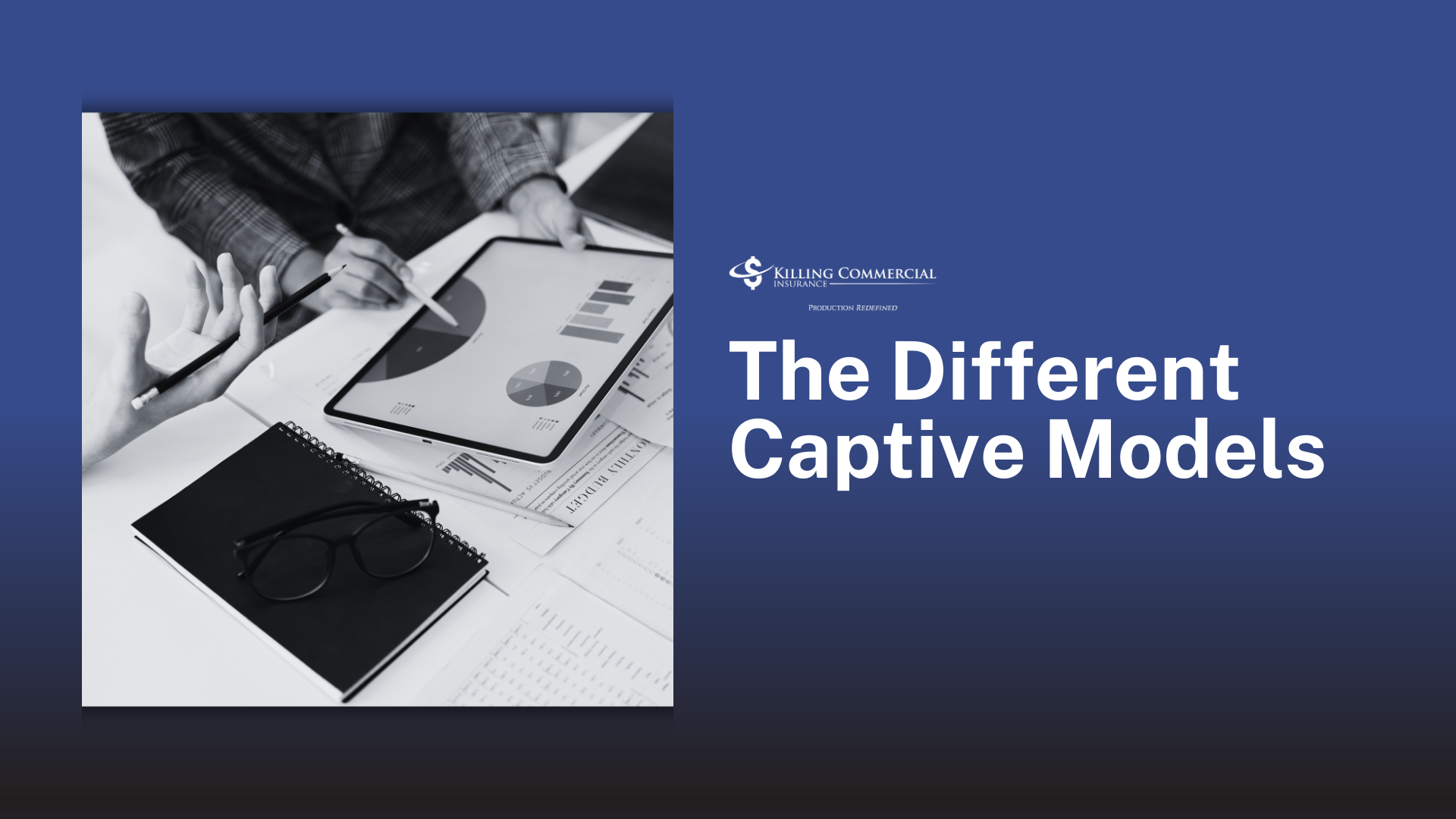
Single-Parent Captives
Single-parent captives are owned and operated by one company. These are typically reserved for companies with very high premium spend—often $2 million or more annually—because of the setup costs, reinsurance requirements, and operational expenses.
Cell / Segregated Captives (Rent-a-Captive)
Cell captives allow a business to “rent” a cell from an existing captive structure.
- Benefits include faster setup and lower costs compared to forming a captive from scratch.
- Liability is separated between cells, and there’s no sharing of risk with other cells.
The 831(b) Election – Proceed with Caution
One of the most misunderstood areas in captive insurance is the 831(b) tax election.
Here’s what you need to know:
- 831(b) is not a captive structure—it’s a tax election for small insurance companies with less than $2.5 million in annual premium (indexed annually).
- It allows those companies to avoid paying tax on underwriting profit, paying only on investment income.
Sounds great, right? Not so fast.
This tax benefit has been abused by promoters who set up sham “captives” that charge inflated premiums for unlikely risks (e.g., hurricane insurance on a Montana property). The IRS has taken notice—and they have a 100% win rate in 1,900+ court cases challenging abusive 831(b) arrangements.
If a captive is marketed primarily as a tax play, walk away. Real captives are about risk management first, tax treatment second.
How Captives Operate in Practice
While the structures vary, most captives follow the same basic financial flow, which can be thought of as three buckets:
- Member Premium Contribution – Each member pays in just like they would to a traditional insurer.
- Captive Pooled Risk Fund – The captive uses these funds to pay claims within its retention.
- Fronting Carrier & Reinsurance – Claims above the captive’s retention are covered by a fronting carrier and reinsurance agreements.
If a member’s losses exceed their own funds, risk sharing kicks in, and other members cover a portion of the excess—just like how a traditional insurance pool works, but with full transparency.
Captives also require collateral to secure the group and fronting carrier. That collateral is often held for up to seven years to ensure all policy years are closed and claims are resolved.
Common Misconceptions About Captives
There are a few myths that come up repeatedly:
- “You’re not big enough.” – Many agents dismiss captives unless a company is massive. In reality, a group captive can work for businesses spending as little as $250,000 annually on workers’ comp, general liability, and auto combined.
- “It’s too risky.” – Any risk can be quantified and managed if the business owner understands it and has the right controls in place.
- “Agents get cut out.” – While some models reduce the agent’s role, others (like Captive Coalition) are designed to keep the producer actively involved.
Captives Aren’t for Everyone
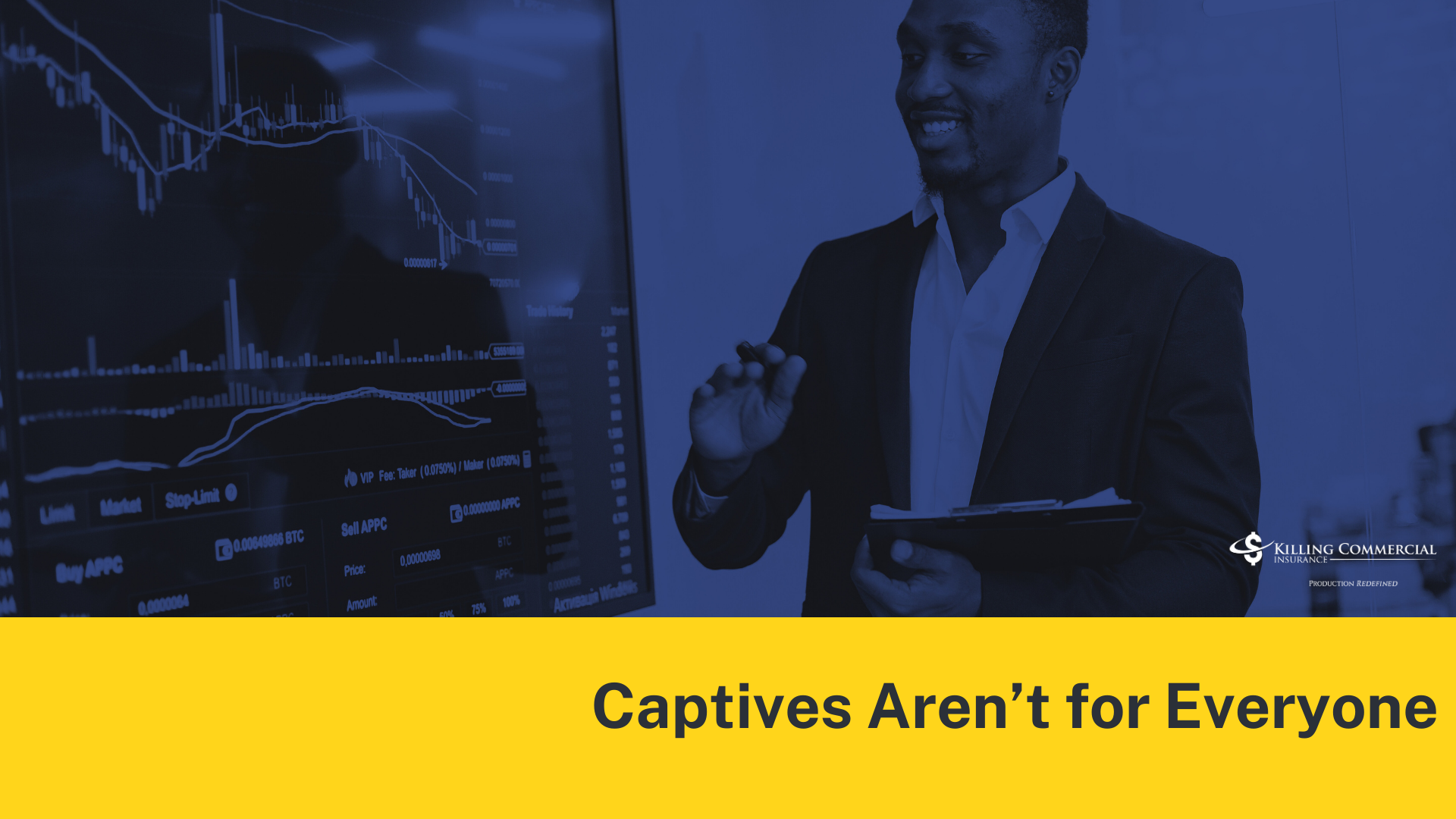
Captives are a great fit for the right client, but they are not a fix for poor loss history or bad safety culture.
In fact, a captive will shine a light on every weakness. Members with frequent losses or unwillingness to improve will quickly find themselves facing assessments—or even getting kicked out.
Three Qualities of a Good Captive Prospect
When evaluating a client for captive potential, look for these three factors:
- Sufficient Premium Spend – At least $250K combined on workers’ comp, GL, and auto for group captives; more for single-parent captives.
- Willingness to Retain Some Risk – The client is open to higher deductibles or self-insured retentions to capture savings.
- Belief in Risk Management & Safety – The leadership team understands that training, safety, and loss control directly impact profitability.
Without all three, the captive model likely won’t deliver the desired results.
Industries Well-Suited for Captives
Captives work especially well for businesses that have significant physical assets and operational risk, such as:
- Manufacturing
- Distribution
- Construction
- Large retail operations
- Transportation & logistics
These industries often have enough premium volume and risk awareness to benefit from the model.
The Agent’s Role in Educating Clients
The biggest barrier to captives isn’t cost—it’s understanding. Most business owners have never had the concept explained to them in plain English.
Your role as a producer:
- Strip away the jargon.
- Use clear visuals and examples.
- Be willing to have the uncomfortable conversations that push the client to think differently about risk.
White-labeled resources, captive education tools, and case studies can make these conversations easier and position you as a trusted advisor—not just a quote provider.
Conclusion – Captives as a Strategic Advantage
When matched with the right business owner, a captive can be a game changer—returning underwriting profits, providing transparency, and giving the member more control over their insurance destiny.
The key is fit.
- Enough premium spend.
- Willingness to retain risk.
- Commitment to risk management.
Get those three elements right, and a captive becomes more than an insurance program—it becomes a strategic business tool.
If you’re a producer working with middle-market clients, captives should be in your toolbox. Educate yourself, partner with experts, and start having the conversations. The right client is out there, and they’re looking for a better way.
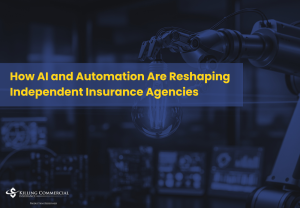
How AI and Automation Are Reshaping Independent Insurance Agencies
In an industry where tradition often outweighs innovation, artificial intelligence and automation are slowly but steadily reshaping how independent insurance agencies operate. The push toward smarter, more efficient workflows is no longer a matter of if—but when. While many agencies are still evaluating how AI fits into their operations, early adopters are already reaping the benefits of streamlined submissions, faster processing, and actionable data insights.

Coaching, Competition, and Consolidation: Inside the Protege Mindset That’s Reshaping the Future of Insurance Producers
The commercial insurance industry is changing faster than ever—and not always for the better. Consolidation is accelerating. Service levels are declining. Private equity is pushing agencies to scale in ways that strip out the personal touch that once defined the independent channel. But for the producers willing to do the work, lean into mentorship, and sharpen their craft, this isn’t a challenge—it’s an opportunity.
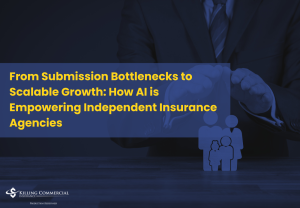
From Submission Bottlenecks to Scalable Growth: How AI is Empowering Independent Insurance Agencies
The commercial insurance industry is in the midst of a major evolution. The traditional workflows that once drove agency productivity are now dragging down growth, overloading staff, and frustrating owners who are trying to scale efficiently. For independent insurance agencies—especially those in the middle market—adapting to these challenges without increasing overhead is a tightrope walk.

The Power of Patient Prospecting: How Education, Niching, and Mindset Drive Middle-Market Success
Few industries reward consistency, discipline, and patience quite like middle-market commercial insurance. Initially, every producer starts with a different story, background, and path into the business. However, the ones who rise are the ones who learn to embrace the long game. Moreover, while success may take time, those who persevere ultimately reap the benefits. Furthermore, this industry values resilience, and those who remain committed often find themselves achieving great success in the end.

Reclaiming Purpose in a Distracted World: Empowerment, Emotional Intelligence, and the Future of Work-Life Balance
In today’s performance-obsessed culture, achieving elite status in your profession can often come with a hidden price. Tania Khazaal, known to many as Tanya the Herbalist, knows this truth firsthand. After climbing the ranks in the insurance industry and landing in the top 1% of sales professionals, she found herself at a crossroads. Despite the accolades, international travel perks, and consistent recognition, she was suffering from a quiet crisis: burnout.

From Confusion to Clarity: How Insurance Agencies Can Unlock Growth Through Strategic Leadership and Culture
In the fast-paced world of commercial insurance, the grind of daily operations often blinds agency leaders to the foundational cracks forming beneath them. Producers are focused on closing deals. Account managers are buried in servicing. Agency principals are juggling leadership, sales, operations, and finance. Yet in the midst of this hustle, many agencies lack the one thing that can unlock the next level of growth: organizational clarity.

Responses